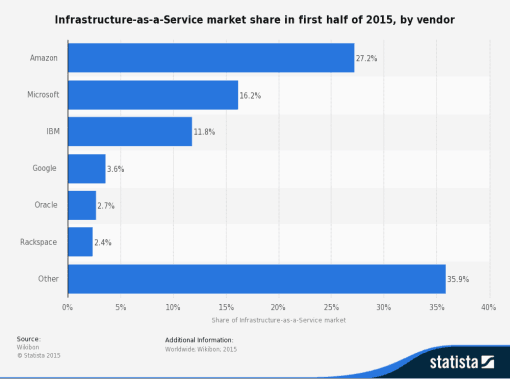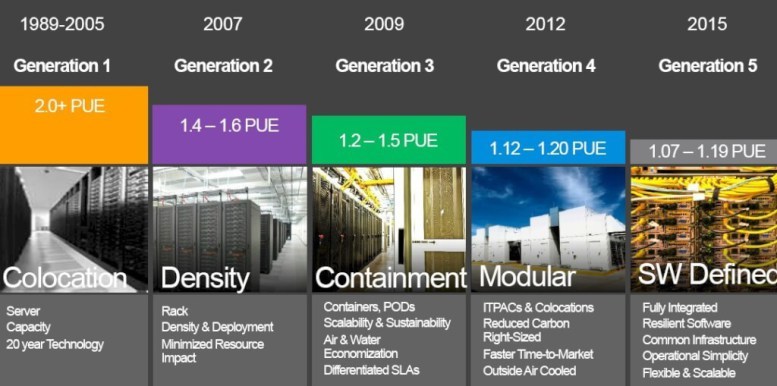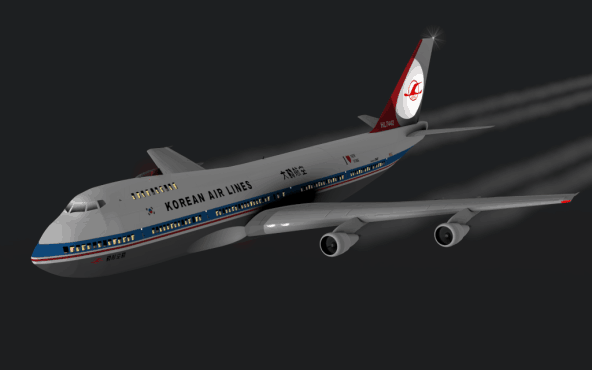In billiards, you must call your shot ahead of time. You don’t get any points for luck. With that in mind, here are my on-the-record predictions for 2017.
Trend #1 – Self Driving Cars
Self-driving cars, previously existing only in the world of science fiction, are becoming a reality. Today taxis are driving themselves in Singapore. The self-driving cars are picking up passengers and taking them to their destination all on their own. For the interim, a human being sits in the front passenger seat in case of a malfunction.
Self-driving cars work best around other self-driving cars. Humans are more dangerous and less predictable. Self-driving cars have a major advantage in that they can communicate with each other, exchanging their locations, and stopping automatically to avoid accidents, thus making them safer than human drivers.
Prediction: Self-driving cars will complete trials in 2017. By 2020 major international cities will have car-free downtowns. Driverless taxis will provide the last-mile transportation from rapid transit.
Trend #2—Internet of Things (IoT)
IoT, long on the hype list for consumer technology, has been a reality on manufacturing floors, oil and gas rigs and even the fishing industry. In Tromso, Norway, a ship pulls up to the docks and packaged herring leaves on trucks a few hours later. Leveraging IoT, a giant hose sucks all the fish out of the ship’s hold, and moves it onto a conveyor belt where they are automatically deboned, filleted, smoked and packaged in boxes. IoT monitor every step of the process.
Philips Healthcare is leading the IoT charge. Philips and Dutch Radbound University are using big data and IoT to get patients with chronic obstructive pulmonary disease (COPD) out into the world. Rather than patients making 1-2 annual visits, wearable sensors collect physical activity, respiratory rates, heart beat and heart rate variability. This data is sent back in real-time via the cloud, giving patients the freedom to live their lives. The Philips Healthsuite digital cloud makes the data immediately available. Doctors have access to continuous real-time data, so they are always in the loop.
Prediction: Internet of Things will move off the hype list and become a dominant technology in 2017. Adoption of IoT devices will exceed predictions, reaching 50 billion devices by 2020.

Trend #3—Artificial Intelligence

Artificial Intelligence or AI has had more false starts than any technology in IT. In 1960, DARPA funded a young engineer by the name of Marvin Minsky who setup the first AI lab in history. But things didn’t go as planned (see history of AI). The early pioneers simply didn’t have enough compute power to realize their dreams. The birth of AI was quickly followed by the AI Winter. AI didn’t fail just once but three times.
Any sufficiently advanced technology is indistinguishable from magic — Arthur C Clark
Now that data scientists have enough compute power, AI is becoming a reality. The biggest breakthroughs are in machine learning. At the Microsoft’s Inner Eye Project, machines read x-rays to diagnose cancer. At Netflix, machine learning makes your movie recommendations. Their Mesos framework is built on open source tools: Apache Spark, Apache Mesos, R, and Docker. And at AirBnB, Dan Hill was the mastermind behind the machine learning platform “Aerosolve” that does all their pricing. AirBnB has released the platform to the entire travel industry as open source.
Prediction: Don’t expect machines to become sentient, but expect Microsoft and Google virtual assistants to actually become helpful.
Trend #4—Bare Metal Cloud
The five essential characteristic of cloud computing are: on-demand self-service; rapid elasticity; broad network access; resource pooling; and measured service (SP 800-145). Nowhere in NIST’s definition is there a requirement for a hyper-visor or virtual machines. Why then do Amazon, Microsoft and OpenStack all rely on virtual machines? Simple. In 2005 it seemed the logical way to solve the rapid provisioning and under-utilization problem. Previously it took weeks to provision a new server, and server sprawl left servers running at only 10% utilization. But in solving those problems, they created a new one—the noisy neighbor. Today, bare-metal cloud, a technology first introduced by BladeWorks in 2000, is finally gaining traction as an alternative to the hypervisor. Today Oracle is leading the charge, building new data centers full of bare-metal servers.

Prediction: Bare-metal cloud will gain widespread acceptance in 2017 delivering 10x the performance while solving the noisy neighbor problem. Expect to see bare-metal cloud to displace hyper-visor based cloud for the enterprise.
Trend #5—Upset in Public Cloud
For over a decade Amazon has ruled the public cloud. They first introduced Amazon Web Services in 2005 with just three services. Today they offer over 60 web services and hold an amazing 40% market share, with Microsoft in second place (20%) and Google in third (10%). Everyone else is in the low single digits. But all that is about to change according to the rule of FIVE. Microsoft is infamous for releasing a terrible product as version one. By version two, the product is functional, but still considered a joke. By version three, it has garnered widespread adoption, but still lacks the features of the market leader. By version four Microsoft has a solid product, worthy of its competitors. By version five, it’s that scene from The Matrix, where Agent Smith tells the policeman “Officer, your men are already dead.”
Today, Microsoft is on version five of their data center. They are marvels of engineering with their own manufactured servers, engineered pods and unique cooling. Microsoft has built a silent army of datacenters and plans to take over cloud computing, obliterating all competition, just like they did with MS-Word and MS-SQL. Does anyone still remember Word Perfect? Or Sybase?
Prediction: Microsoft cloud will displace Amazon and take the number one spot in all three areas of cloud: IaaS, PaaS and SaaS.

Trend #6—Security
400 billion dollars is the estimated amount of money lost last year due to cyberattacks. This year there were allegations of nation states interfering with our presidential elections. Cybersecurity is not keeping up with criminals. It’s like the Wild Wild West with Billy the Kid and the Clanton gang helping themselves to our savings courtesy of Smith & Wesson. Despite continued advances in security like AES encryption and multi-factor authentication, we don’t seem to be winning the war on cybercrime. But there is relief on the horizon as AI makes great strides. Siri, Google, and Watson are all powered by machine learning.
Prediction: Machine learning will change the way we fight cybercrime in 2017. Machines will learn to recognize sophisticated malware and other cyberattacks on the code level without having to rely on signatures.
Trend #7—Confluence
The big story of 2017 won’t be any single technology. Instead it will be about the confluence of technologies. Cloud computing, geospatial, mobility and big data will all converge to provide us a whole that is greater than the sum of the parts. The first computer began life in Germany, the brain child of Conrad Zuse. Now, instead of a room filled with vacuum tubes, computing is completely abstracted in the cloud.
After the Soviets shot down KAL flight 007, carrying 247 passengers and 29 crews, president Ronald Reagan pledged that satellite data would be made public. This lead to the revolution in GPS data. Today, without Google maps, how would we know where we are? Mobile phones are now changing our world; smart phones are replacing computers, and now there are more phones than people. Cloud, GPS, Mobile and Big data coupled with machine learning have converged to form a new platform that is changing our world by solving intractable problems in medicine, manufacturing, and transportation.

Prediction: Don’t look for the next “killer app” but rather a new paradigm in computing. 2017 will be the year of confluence, where the whole is greater than the sum.